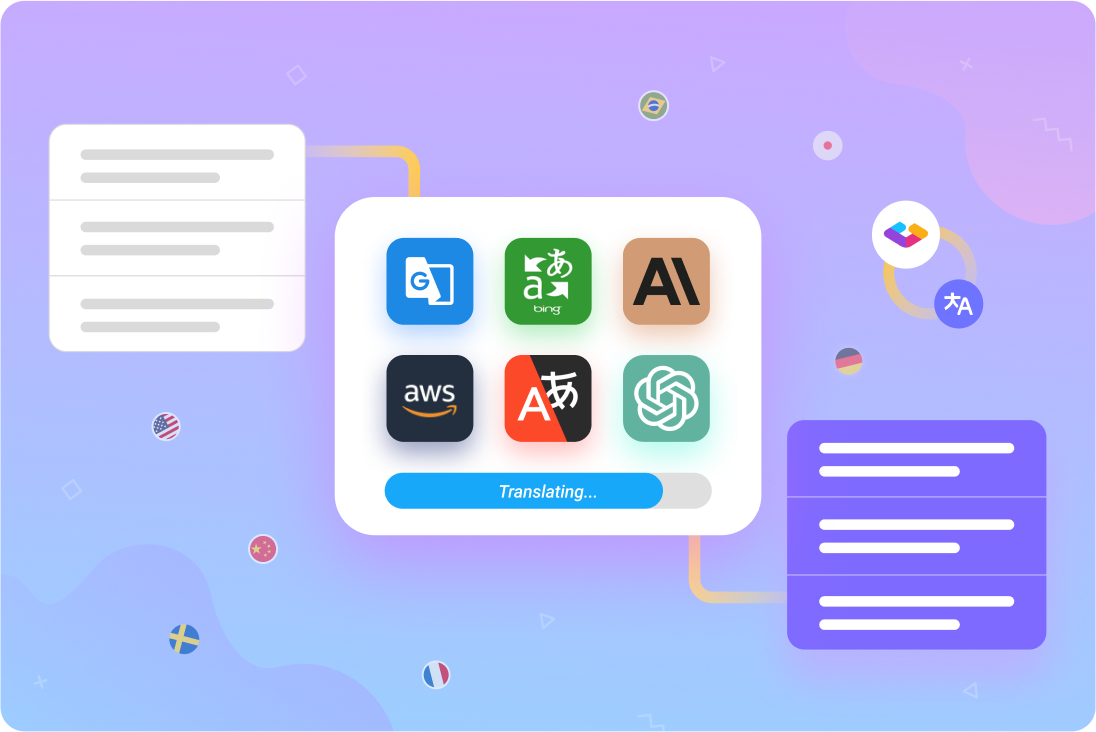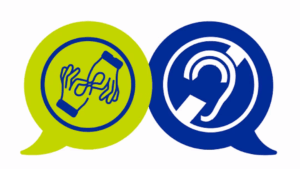You’re staring at a deadline.
Maybe it’s a court filing for an asylum case, a multilingual press release about a sensitive policy change, or internal training materials that need to be understood across three continents by next Monday. Translation isn’t the project, it’s the obstacle standing between you and getting the real work done.
And now, you’re wondering: Can AI just handle this?
That question comes up constantly. It makes sense. You’re dealing with tight timelines, limited budgets, and high-stakes outcomes. You’re not looking to win a language award, you just need this off your desk, fast, and without it blowing up later.
Let’s break down what AI can actually do for you… and where it falls short.
AI Is a Great Assistant, but a Terrible Decision Maker
If you’re juggling multilingual output at scale – website updates, bulk intake forms, transcripts from live events – AI might seem like a miracle. It can chew through text in seconds and spit back something that looks… fine. Sometimes even pretty good.
But “fine” isn’t the same as accurate, appropriate, or usable for the target-language audience.
A marketing director overseeing a global product launch needs more than just translated words. Humor, disclaimers, rhythm, tone, and brand voice; all of that has to make it through intact.
A lawyer preparing country conditions or affidavits for immigration court can’t afford a mistranslated surname, a botched timeline, or a misread context. There are legal consequences. AI won’t catch those, and won’t be on the hook once the damage is done.
And for government or public sector professionals putting out multilingual statements, one poorly chosen phrase in a translated message can spark confusion, or worse, public backlash.
AI helps. But it doesn’t take responsibility. And it doesn’t know how to assess when it shouldn’t be trusted.

What a Reliable 2025 Translation Workflow Actually Looks Like
A strong translation workflow isn’t just about converting words from one language to another. It’s about protecting your message, reputation and outcome, and making smart decisions about when to rely on AI, when to intervene, and how to scale without sacrificing quality.
Here’s what that usually looks like when it’s done right:
- Content gets reviewed and processed through AI-enhanced tools that speed things up, flag matches from previous projects, and reduce repetitive work.
- A qualified project manager steps in, not just to assign the work, but to understand what kind of document it is, who it’s for, and what the risks are if it’s done poorly.
- The content is routed to specialized linguists. These are people who understand the legal, medical, technical, or creative nuances behind the words. They’re not just fluent. They’re subject matter literate.
- A final review and QA process ensures accuracy, consistency, and cultural awareness before anything goes out the door.
And behind that process is something you can’t replicate with software: the judgment to know what approach the situation actually calls for.
The Real Risk is “Good Enough”
It’s tempting to lean on AI, clean up the output yourself, and call it a day. The problem is, when something slips through (and it always does) the cost lands back on your plate.
If you’re an attorney, it’s a delayed case or a credibility issue. If you’re in marketing, it’s a missed opportunity or public embarrassment. If you’re in government, it’s a trust problem with your constituents.
You’re not in the business of fixing language. You’re in the business of getting results.
Here’s What Most People Miss
AI versus human isn’t a decision you should have to make on your own. It’s not your job to know which tools are safe for a birth certificate, a policy announcement, or a video transcript.
That’s the role of language professionals. We are people who don’t just translate, but guide the entire process with the right expertise. They evaluate risk, context, content type, and audience. They’re trained to know when AI is helpful… and when it quietly introduces risk you won’t notice until it’s too late.
So if you’re stuck between translation chaos and your next big deadline, don’t just ask whether AI can do the job. Ask who should be guiding the decision in the first place.
Authored by Jeff Weiser





